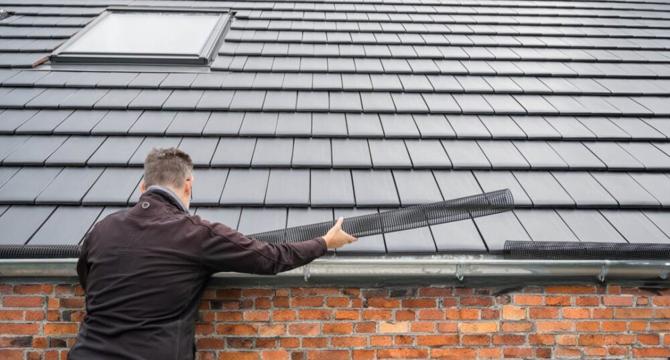TechBullion
1M
275

Image Credit: TechBullion
Why Gutter Guards Still Need Cleaning: Common Misconceptions Explained
- Gutter guards are frequently advertised as an answer to eliminate gutter cleaning, but this is not true. They decrease the frequency of maintenance, but they don't make your gutters entirely independent.
- Tiny particles such as dust, dirt, and sand can pass through most gutter guards, particularly those with mesh or perforated designs.
- Seeds from nearby trees or plants can pass through small holes in gutter guards and become trapped in accumulated sediment, which can lead to plants sprouting in your gutters.
- The fine debris at the bottom of your gutters can compress into a thick, sludge-like substance over time. This condensed debris is difficult to remove and can block water entirely, resulting in overflow during heavy rains.
- Gutter guards can trap moisture unintentionally by slowing down water flow, particularly if debris accumulates on top of the guards. This leads to an environment that promotes the growth of moss and algae.
- Many types of gutter guards feature small perforations or slits to allow water to pass through while blocking larger debris. However, leaves, pine needles, and other materials can accumulate on top of the guards, clogging these openings.
- Overflowing water can cause significant issues, including erosion around your foundation, damage to your landscaping, and staining on your home's siding. Regular cleaning of gutter guards helps prevent these overflow issues.
- When debris like wet leaves and twigs piles up on top of gutter guards, it adds considerable weight to the system. Over time, this additional weight can cause gutters to sag, detach from the fascia, or collapse entirely.
- Birds find gutter guards to be an excellent base for building nests. The guards provide a stable platform, and nearby debris like twigs and leaves offers perfect nesting material.
- Small gaps in gutter guards can allow insects like mosquitoes or wasps to enter, while larger rodents, like squirrels, may chew through specific guard materials to gain access.
Read Full Article
16 Likes
For uninterrupted reading, download the app